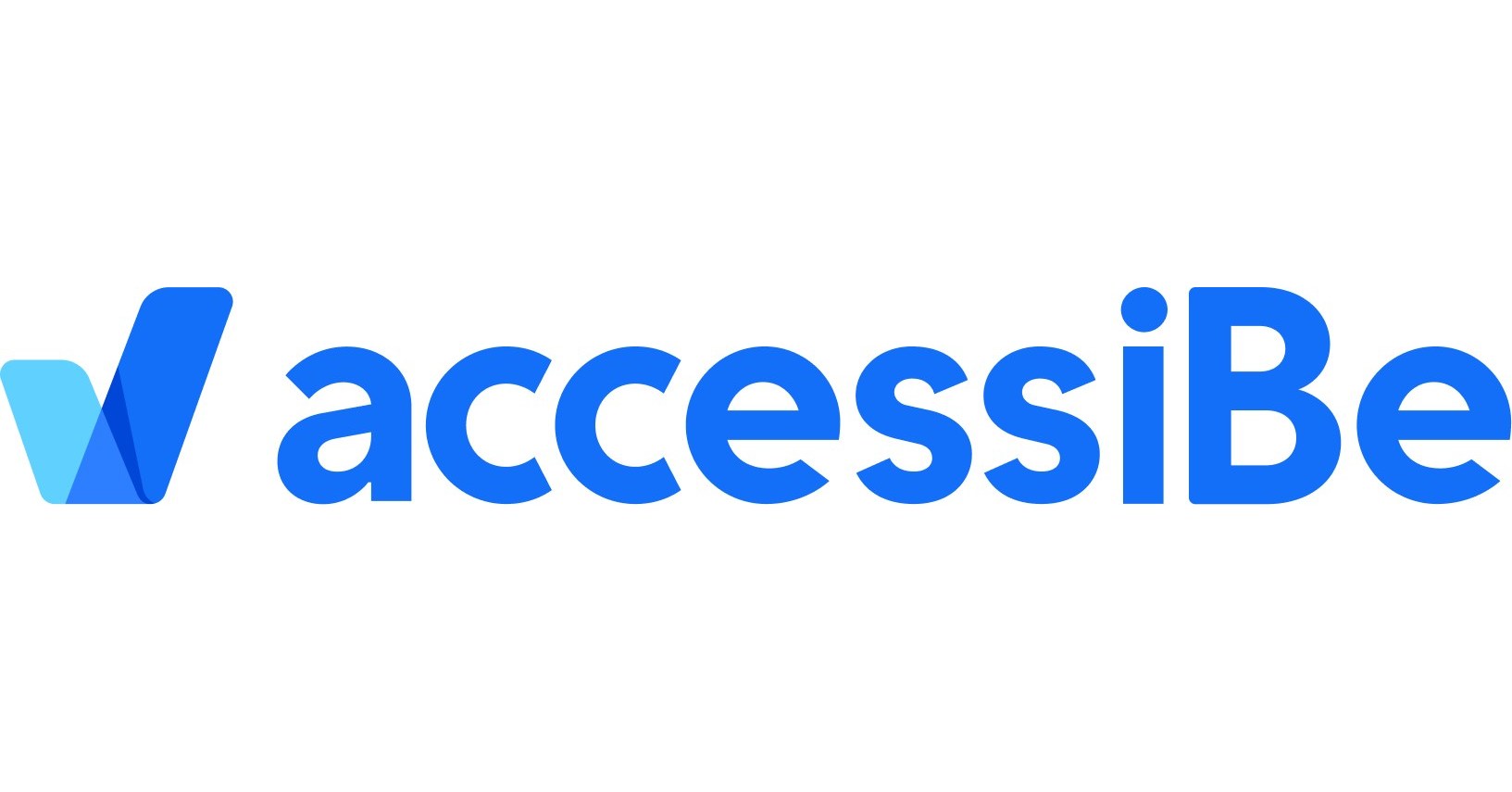
Introducing AccessiBe!
AccessiBe is a service that we offer where you can put AccessiBe on your website to help individuals with disabilities navigate a website more easily.
Web accessibility refers to making websites usable for people with disabilities. It involves designing and developing websites in a way that people with disabilities, such as those with visual, auditory, motor, and cognitive impairments, can perceive, understand, navigate, and interact with the website and its content.
Web accessibility ensures that everyone has equal access to information and services on the web, regardless of their abilities. This includes individuals who use assistive technologies, such as screen readers, to access the web.

Any questions? Email us at info@jenesissoftware.com!

